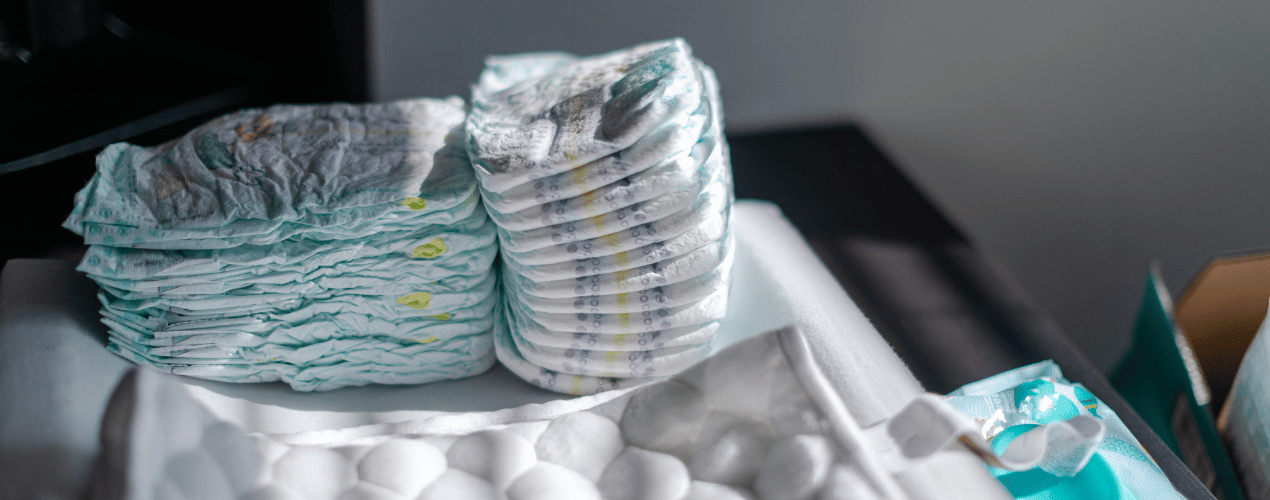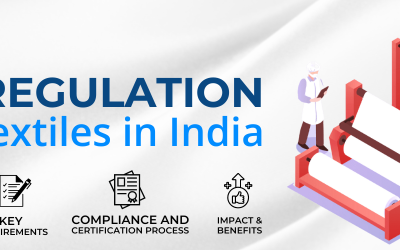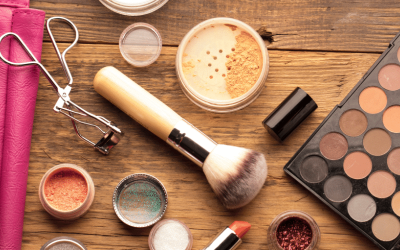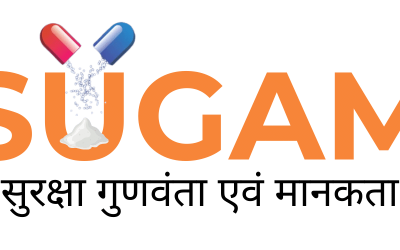Introduction:
Parents and caregivers, rejoice! A groundbreaking development in the baby care industry is about to transform the way we approach diaper safety and environmental impact. The Central Drugs Standard Control Organization (CDSCO) has taken a monumental step forward by regulating baby diapers, marking a new era of prioritizing the well-being of our little ones and the planet they will inherit.
In this blog post, we’ll dive deep into the significance of this regulation, exploring its far-reaching implications for families, manufacturers, and the environment. Buckle up as we unravel the benefits, challenges, and exciting prospects that lie ahead.
Understanding the Regulation: What It Means for Baby Diaper Safety
The regulation of baby diapers by CDSCO signifies a pivotal shift towards comprehensive oversight of products that directly impact the health and well-being of infants. Gone are the days of uncertainty and guesswork when it comes to diaper safety. Under this regulation, manufacturers will be required to adhere to stringent standards for materials, production processes, and labeling.
One of the key aspects of this regulation is the emphasis on eliminating harmful chemicals from diapers. Parents can now breathe a sigh of relief, knowing that their little ones’ delicate skin will be protected from exposure to potentially hazardous substances. The guidelines will ensure that diapers are free from chemicals like dioxins, sodium polyacrylate, and dyes, which have been linked to various health issues.
But the regulation goes beyond just chemical safety. It also addresses proper sizing, absorbency, and adherence to environmental sustainability practices. By setting standards for these crucial factors, parents can trust that their chosen diapers will provide optimal comfort, protection, and peace of mind for their babies.
Benefits for Parents and Babies:
The benefits of this regulation extend far beyond simply meeting safety standards. For parents, it brings a newfound sense of confidence and relief in the products they use for their babies. No more second-guessing or worrying about potential health risks associated with harmful chemicals or subpar quality.
With regulated diapers, parents can rest assured that their little ones will stay dry, comfortable, and protected from skin irritation and allergic reactions. Proper sizing and absorbency are paramount, and this regulation ensures that manufacturers prioritize these essential factors.
Moreover, the regulation addresses environmental sustainability, a critical concern for parents who want to leave a healthier planet for future generations. By encouraging manufacturers to adopt more eco-friendly practices, such as using biodegradable materials and reducing packaging waste, the regulation aligns with the growing demand for sustainable baby products.
Embracing Sustainable Practices: A Win for the Environment:
As the Environmental Working Group (EWG) survey highlights, safer and more sustainable baby diapers are more important than ever. Parents are increasingly conscious of the impact their choices have on the environment, and the regulation of diapers presents an opportunity to address this pressing concern.
According to the EWG, disposable diapers account for a staggering 3.5 million tons of waste annually in the United States alone. With the regulation’s emphasis on sustainability, manufacturers will be incentivized to explore innovative solutions that reduce this environmental burden.
One potential avenue is the use of biodegradable materials, such as plant-based fibers or compostable polymers. These eco-friendly alternatives not only minimize the diaper’s environmental footprint but also align with the growing demand for sustainable products among conscious consumers.
Additionally, the regulation may spur manufacturers to rethink their packaging strategies, opting for more eco-friendly options like recyclable or compostable materials. By reducing the amount of plastic and non-biodegradable waste associated with diaper packaging, we can collectively contribute to a cleaner, healthier planet for our children and future generations.
Furthermore, the regulation could encourage the development of more efficient manufacturing processes, optimizing resource utilization and minimizing waste generation. By adopting lean manufacturing principles and exploring renewable energy sources, diaper manufacturers can further reduce their carbon footprint and environmental impact.
Challenges and Opportunities: Paving the Way for Innovation
While the regulation of baby diapers presents numerous benefits, it is not without its challenges. Manufacturers may face initial hurdles in adapting to the new standards, such as retooling their production lines, sourcing sustainable materials, and implementing rigorous testing protocols.
However, these challenges also present opportunities for innovation and collaboration within the industry. By fostering partnerships between manufacturers, researchers, and environmental organizations, we can collectively develop cutting-edge solutions that not only meet regulatory requirements but also push the boundaries of sustainability and safety.
One exciting prospect is the development of smart diaper technologies that can detect and communicate vital information to parents, such as wetness levels or potential health concerns. By integrating advanced sensors and wireless connectivity, these innovative diapers could revolutionize infant care while adhering to the highest safety and environmental standards.
Another area ripe for exploration is the integration of natural and organic materials into diaper production. As consumer demand for eco-friendly and chemical-free products continues to rise, manufacturers have the opportunity to pioneer new blends of sustainable fibers, plant-based absorbents, and innovative biodegradable components.
Moving Forward: A Collaborative Effort for a Brighter Future
The regulation of baby diapers by CDSCO marks a significant victory for parents, caregivers, and, most importantly, our little ones. It represents a collective effort to prioritize the safety, quality, and sustainability of products that play a vital role in infant care.
As we celebrate this milestone, it is essential to recognize that the journey towards a safer and more sustainable future for our children is an ongoing endeavor. It requires the collective efforts of regulatory bodies, manufacturers, environmental organizations, and consumers alike.
Parents and caregivers can play a crucial role by advocating for stricter regulations, supporting eco-friendly and sustainable initiatives, and making informed purchasing decisions that align with their values. By voting with their wallets, consumers can drive the demand for safer, more environmentally responsible baby products, encouraging manufacturers to prioritize these factors.
Furthermore, fostering open dialogues and collaborations between stakeholders can pave the way for continuous improvement and innovation. By sharing best practices, research findings, and emerging technologies, we can collectively push the boundaries of what is possible in the realm of sustainable and safe baby care products.
Conclusion:
The regulation of baby diapers by CDSCO marks a pivotal moment in the journey towards a safer, more sustainable, and conscientious approach to infant care. It represents a commitment to prioritizing the well-being of our precious little ones while simultaneously safeguarding the health of our planet.
As we move forward, let us embrace this regulation as a catalyst for positive change, fostering innovation, collaboration, and a shared responsibility for creating a better world for our children. Together, we can build a future where every baby can thrive in comfort, safety, and harmony with the environment they will inherit.







